
Antennas can be grouped into two major families: omnidirectional antennas, that is, which radiate in all directions, and unidirectional antennas, which radiate in only one direction. There are intermediate models, which are (improperly) called semi-directional:is the typical case of the ceiling antenna, which radiates 360° but only downward. The shape of its coverage area we can imagine as a hemisphere. Without delving too much into the technical, let us briefly see how the waves emitted by various types of antennas move through space.
- Omni-directional antennas
- The semi-directional antennas
- Directional antennas
- Which antenna to choose?
1. Omni-directional antennas
These are the ones we find most often in everyday life: the antenna of the small FM radio we have in the kitchen, or the antenna of our Wi-Fi router. This is a wire of a specific length (equal to wavelength, quarter-wave, 32nd-wave) that picks up or emits radio waves. In certain cases, such as our GSM repeaters, the antennas are used to both receive and transmit. A Wi-Fi router also works this way: it emits and receives waves through the same antenna.
1.1 Whip Antenna
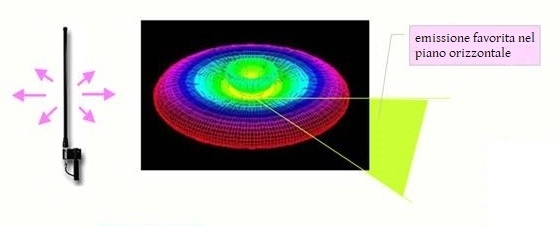
As seen in the figure, the emission (or reception) is ideal in the horizontal plane and the waves propagate 360°. The whip antenna is the standard indoor antenna that comes with most of our repeaters.
1.2 Marina Omni Antenna
This antenna works on exactly the same principle as the stylus antenna. It simply has a more durable shell so that it can be used at sea. This is why it is often called Marina Omni Antenna.
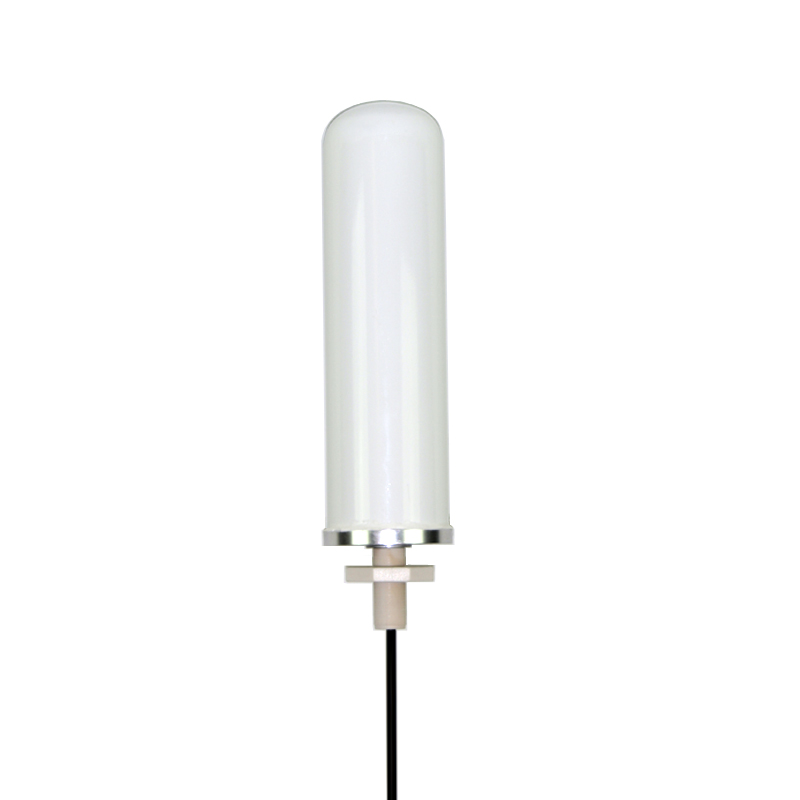
2. The semi-directional antennas
As the name suggests, these antennas are "almost "omnidirectional. In practice, one of the two propagation planes (usually the horizontal plane) has been neutralized, so that all the force is concentrated only in the desired direction.
2.1 Ceiling Antenna
As mentioned earlier, the classic ceiling antenna radiates downward and horizontally in all directions, but not upward. Simply put: like a shower!
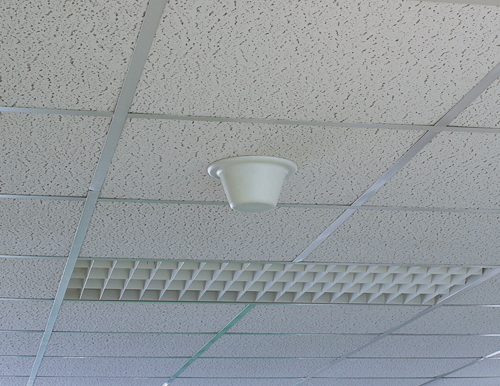
2.2 Panel Antenna
The panel antenna is based on the same principle as the ceiling antenna but is placed vertically, on the wall. Its rectangular shape is designed to concentrate the radiation forward and to the side, and not so much upward or downward.
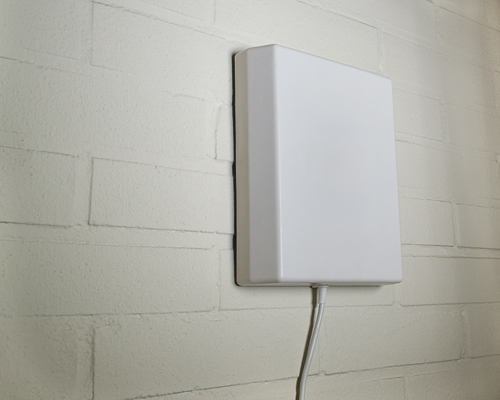
We see in the figure below the ceiling antenna and the panel antenna compared.
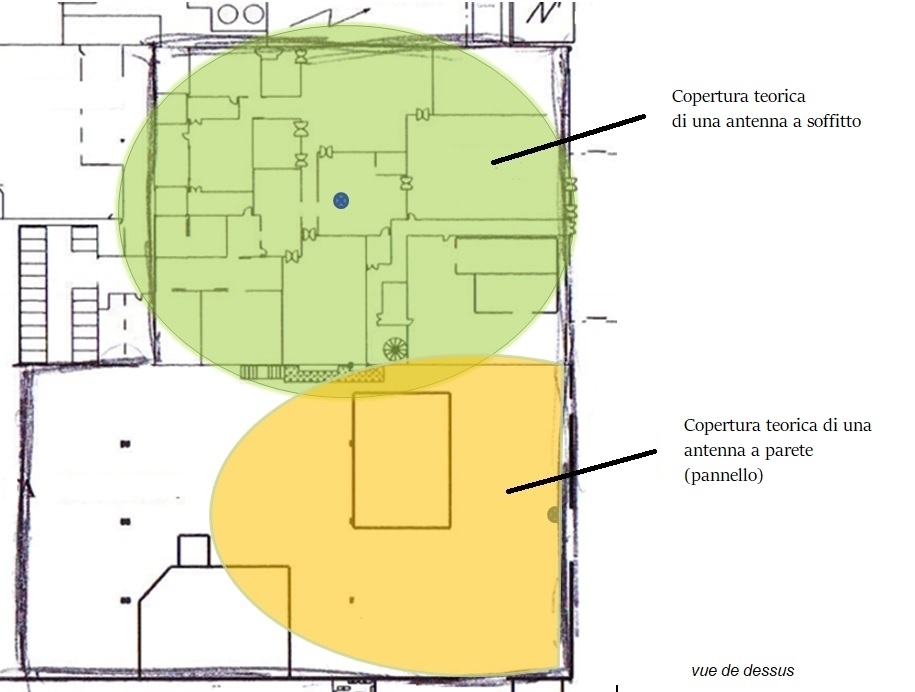
3. Directional Antennas
As the name implies, these antennas broadcast (mostly) in only one direction. It follows that the installation aspect is far more delicate: if you do not point it at the correct angle, the emission zone changes completely, as seen in the following figure. Let us remember: incorrect pointing of this external antenna compromises the final result of a GSM repeater kit.
|
|
|
3.1 Logarithmic Antennas
Logarithmic antennas are very directional and generally fairing. Our models are multipurpose and support several frequency bands: GSM, 3G and 4G simultaneously. The one you see in the example is a very common logarithmic antenna, the Yagi Logarithm, designed to cover a distance from the base radio station (BTS) up to about 4 km. Its aesthetically similar older sister is the Yagi Super Logarithm and can reach up to 10-12 km.
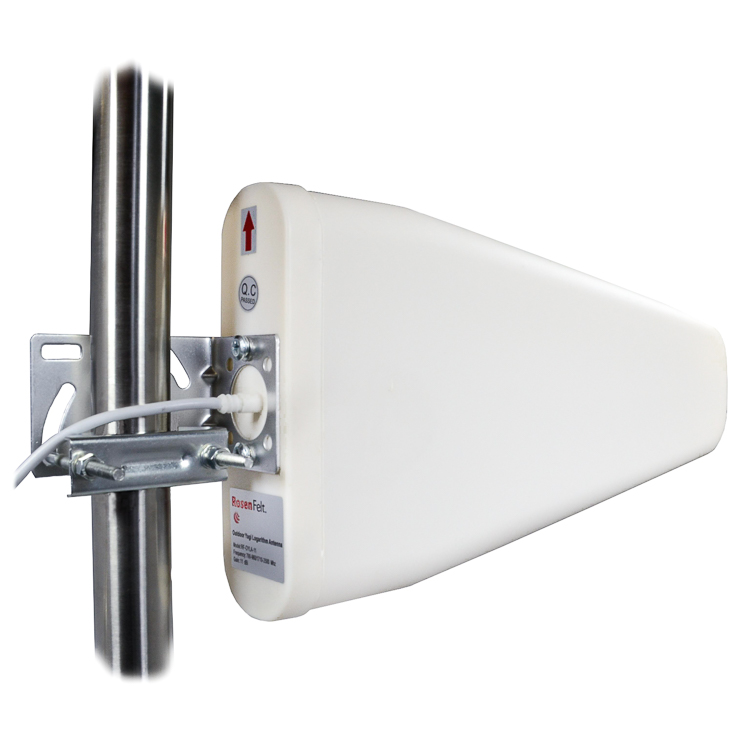
3.2 Parabolic Antenna
Without a doubt, the parabolic antenna is the top of the top when it comes to directivity! The signal is concentrated toward a single point to maximize the strength of emission and reception: all the wave energy is collected in a small cylinder, a beam, and can cover great distances.
 |
![Schéma de diffusion des ondes dune antenne parabolique By Pierre_cb [GFDL (http://www.gnu.org/copyleft/fdl.html) or CC-BY-SA-3.0 (http://creativecommons.org/licenses/by-sa/3.0/)], via Wikimedia Commons](https://upload.wikimedia.org/wikipedia/commons/5/58/Antenna_pattern.png) |
4. Which antenna to choose?
When you buy a GSM repeater you receive a kit that includes an external antenna and a standard internal antenna. However, it is possible to modify and customize this kit (for example, by opting for a directional external antenna). We are always available to help you meet your specific need, and below is some useful information that can guide you in your choice.
For the choice of external antenna, if in your geographical location the external signal is good (you are in the center of London) it means that you are very close to the radio base stations of the telephone operators (BTS). In this case the panel antenna, which is the standard one included in the package, is sufficient.
On the other hand, if you live in the countryside, the outdoor signal is weak, and the nearest radio base station is 3 km away, you need a Yagi directional antenna. If the distance to the BTS was even greater, say over 4 km, then you need a Yagi Super antenna.
Note: Depending on the distance to the base radio station (BTS) is also the choice of repeater power, but we will discuss this more in another article.
For the choice of indoor antenna, it all depends on the characteristics of the room we want to cover:
- In a 100sqm office (or smaller) the whip antenna, the standard one, to be clear, included in the package, is just fine.
- In a 600sqm open space, a ceiling antenna is ideal, ideally placed in the center of the area. If it is not possible to install it on the ceiling, you can opt for a wall-mounted antenna instead.
- In a 650sqm plant, with spaces divided by materials such as concrete: a single indoor antenna will not be enough, more indoor antennas will be needed.
- A 45-square-meter attic: whip antenna (already in the standard kits of many repeaters) or ceiling antenna.
- A 5000sqm underground parking lot with two levels (of 50m x 50m each): minimum of 4 indoor antennas per level, whether ceiling or panel antennas.
Choosing the right antenna, as we have just seen, is not that complicated. In any case, our team is always available to talk about your particular project!
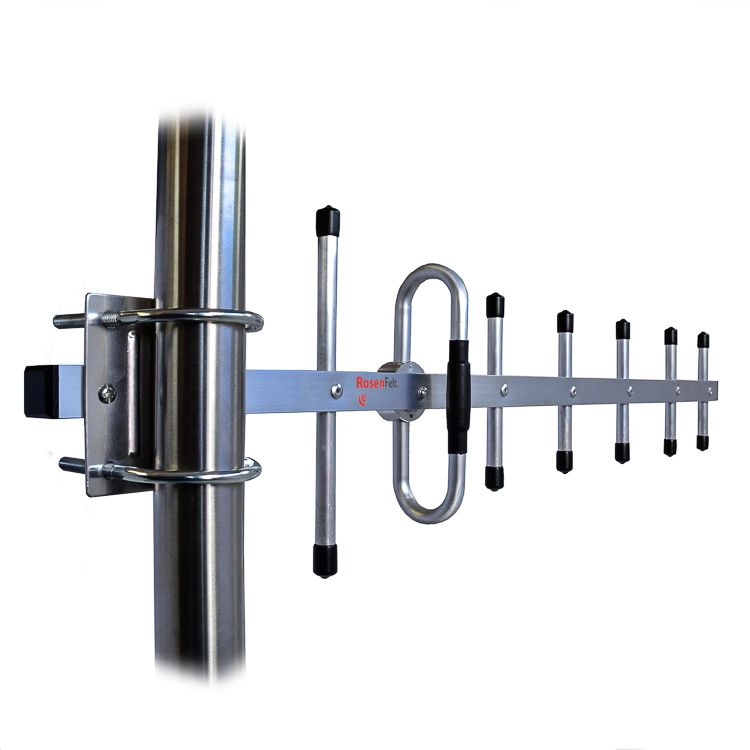
![Par Pas d’auteur lisible par la machine identifié. Elivadiotti supposé (étant donné la revendication de droit d’auteur). [Public domain], via Wikimedia Commons Antenne directionnelle](https://upload.wikimedia.org/wikipedia/commons/7/79/Depointage.gif)

